
- 1. Why Plan a Garden for Children’s Learning and Play?
- 2. Benefits of a Child-Friendly Garden
- 3. Key Considerations for Designing a Garden for Children
- 4. Essential Elements to Incorporate in Your Garden
- 5. Real-Life Case Study of a Children’s Garden
1. Why Plan a Garden for Children’s Learning and Play?
Gardens are a fantastic way to engage children in a hands-on, educational environment that fosters creativity, exploration, and an appreciation for nature. A well-designed garden for children’s learning and play can serve as a dynamic outdoor classroom, helping children connect with the natural world. Whether it’s teaching them about the lifecycle of plants, encouraging physical activity, or promoting environmental stewardship, a garden can be both fun and informative.
The planning process involves considering the types of plants, activities, and safe play elements that will stimulate children’s learning while also providing them with space for outdoor play and relaxation. When planned thoughtfully, a garden can become a vital part of a child’s development.
2. Benefits of a Child-Friendly Garden
A garden specifically designed for children offers numerous benefits beyond its visual appeal. Here are some of the key advantages:
- Educational Value: Children can learn about plant life, ecosystems, and environmental conservation in a fun and engaging way.
- Physical Health: Gardening encourages outdoor play, physical exercise, and interaction with nature, which are crucial for a child’s well-being.
- Cognitive Development: Activities like planting, watering, and observing plant growth improve problem-solving skills, patience, and a sense of responsibility.
- Emotional Benefits: Gardening fosters a sense of accomplishment and satisfaction as children watch their efforts bloom into beautiful flowers or fruits.
- Sensory Stimulation: The garden environment stimulates children’s senses, from the colors of the flowers to the textures of the leaves and the smells of herbs and flowers.
3. Key Considerations for Designing a Garden for Children
When designing a garden for children, it’s important to think about both functionality and safety. Below are some critical factors to consider:
- Age-Appropriate Features: Tailor the garden to the developmental stages of the children who will be using it. For toddlers, low-maintenance plants and sensory elements are ideal, while older children may enjoy interactive features like a garden maze or a vegetable patch.
- Safety First: Ensure that the garden space is free from hazards like sharp tools or toxic plants. Use non-toxic materials and provide a safe play area.
- Accessibility: Create a garden that is easy for children to access and interact with. Raised beds or container gardens can allow children to participate in gardening without bending down too much.
- Durability: Choose plants that are hardy and can withstand the wear and tear of active play, as well as easy-to-maintain structures like benches or simple play equipment.
4. Essential Elements to Incorporate in Your Garden
When planning a garden for children, certain elements can enhance the overall experience and make the space both fun and educational. Here are some ideas:
- Edible Plants: A vegetable or herb garden provides a great opportunity for children to learn about where food comes from, and it encourages healthy eating habits.
- Sensory Garden: Incorporate plants that appeal to the senses, such as aromatic herbs, colorful flowers, and textured leaves, for a multisensory experience.
- Interactive Features: Add a water feature like a small fountain or a sandpit for hands-on learning. A child-sized garden bench or a mini greenhouse can also be fun additions.
- Wildlife-Friendly Features: Include elements like bird feeders, a butterfly house, or a small pond to encourage wildlife visits and teach children about animals and biodiversity.
- Playful Spaces: Designate areas for play, such as a small climbing structure, a balance beam, or a treehouse, to foster physical activity and imaginative play.
5. Real-Life Case Study of a Children’s Garden
Let’s look at a real-life example of a children’s garden at a local community center. The garden was designed to serve not only as a learning environment but also as a space for play and social interaction.
The space was divided into sections that catered to different learning needs. One section featured a raised vegetable garden where children could plant, care for, and harvest their crops. Another area had sensory plants, including lavender and mint, to stimulate touch and smell. There was also a small playhouse for imaginative play and a sand area for building and experimenting.
The children who participated in the garden program reported feeling more connected to nature, and many of them took pride in the vegetables they grew and harvested. The garden also helped develop teamwork, as children collaborated to tend to the plants and organize the garden space.
If you’re inspired to create your own garden for children’s learning and play, visit Beautiful Landscapes for gardening tips, tools, and products to get you started.

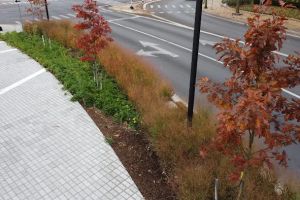
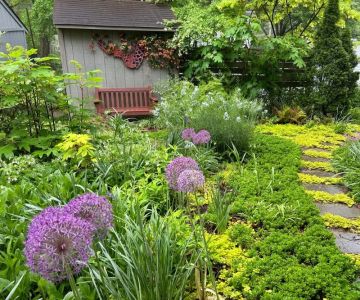
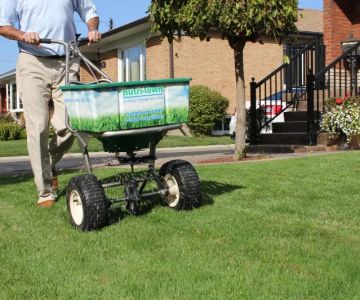

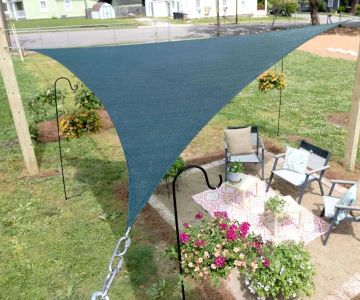
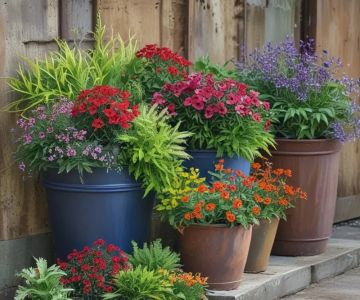
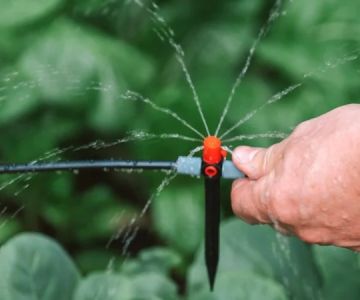
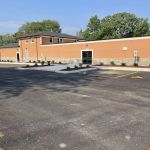 Coss Landscaping4.0 (8 reviews)
Coss Landscaping4.0 (8 reviews) Walker Trim Carpentry and hardscape experts1.0 (1 reviews)
Walker Trim Carpentry and hardscape experts1.0 (1 reviews)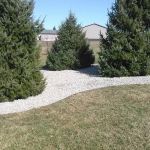 ROOKLEIF Lawn & Landscape4.0 (13 reviews)
ROOKLEIF Lawn & Landscape4.0 (13 reviews) Good Nature Inc.4.0 (25 reviews)
Good Nature Inc.4.0 (25 reviews)![Paul Terry Services Lawn Care and Landscaping [PTS]](https://img.beautifullandscapes.net/d41/2510/185751733304179_150x150.webp) Paul Terry Services Lawn Care and Landscaping [PTS]4.0 (104 reviews)
Paul Terry Services Lawn Care and Landscaping [PTS]4.0 (104 reviews)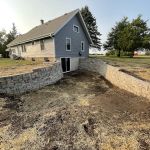 Armadillo’s landscaping LLC4.0 (8 reviews)
Armadillo’s landscaping LLC4.0 (8 reviews)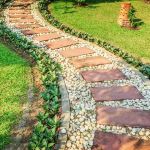 How to Build a Pathway That Blends With Nature: A Step-by-Step Guide
How to Build a Pathway That Blends With Nature: A Step-by-Step Guide How to Attract Birds & Butterflies to Your Landscape
How to Attract Birds & Butterflies to Your Landscape How to Design for Low-Light Outdoor Areas
How to Design for Low-Light Outdoor Areas How to Prevent Soil Erosion Naturally Without Retaining Walls
How to Prevent Soil Erosion Naturally Without Retaining Walls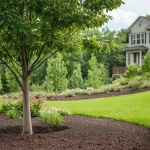 How to Choose the Right Mulch for Weed Suppression: A Complete Guide
How to Choose the Right Mulch for Weed Suppression: A Complete Guide How to Revive a Neglected Lawn Step by Step
How to Revive a Neglected Lawn Step by Step